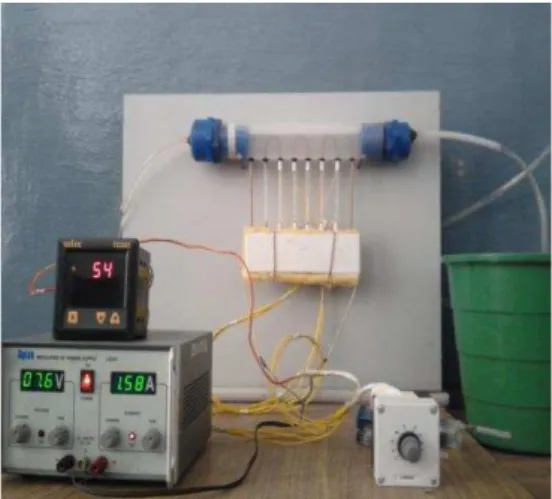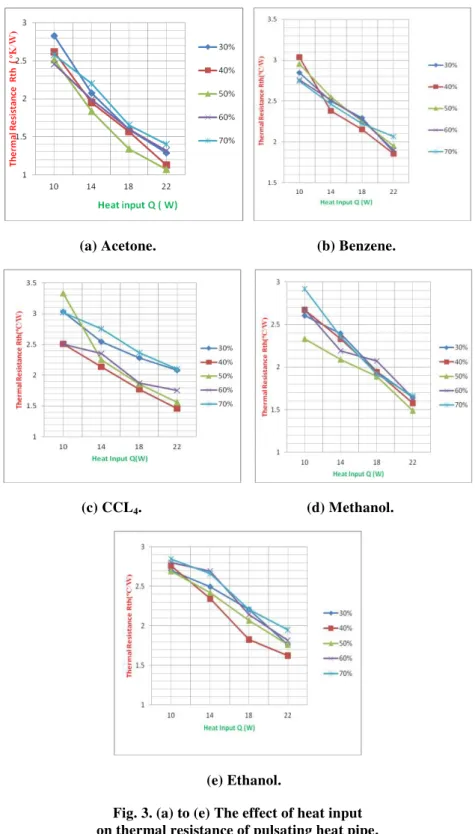EFFECT OF WORKING FLUID AND FILLING RATIO ON PERFORMANCE OF A CLOSED LOOP PULSATING HEAT PIPE
Texto
Imagem




Documentos relacionados
[27], the absorbing heat flux and releasing heat flux of the fifth endoreversible Carnot heat engine can be obtained by using the heat transfer between the working fluid and
Heat Transfer and Fluid Machanics Institute, University of California at Los Angeles, Stanford University Press (1959). Effect of Hall current and rotation on heat
Based solely on RPN, it is not possible to differentiate the effect of the desired performance on the closed-loop response, but using two new indices, RPN RATIO and RPN DIFF , it
Sometimes the obtained closed-loop performance is not satisfactory as the adequate functioning of the DC-DC converter in closed loop, does not depend exclusively on the kind
The efficient control of Wind/PV system with closed loop operation of multi input inverter and simulation results for closed loop is shown in fig12.Thus the performance of
As a result show that plus shape building displaced more, these may be due to lesser weight and slender geometry as in comparison to other plans of buildings
Effect of wind speed on the heat lost and heat gain of the conductor and the effect of convection heat loss on thermal rating of transmission line are
Basing on the results of MANOVA test it has been observed that the strongest significant effect on an increase of the tensile strength R m exerted the addition of Mg, followed by
